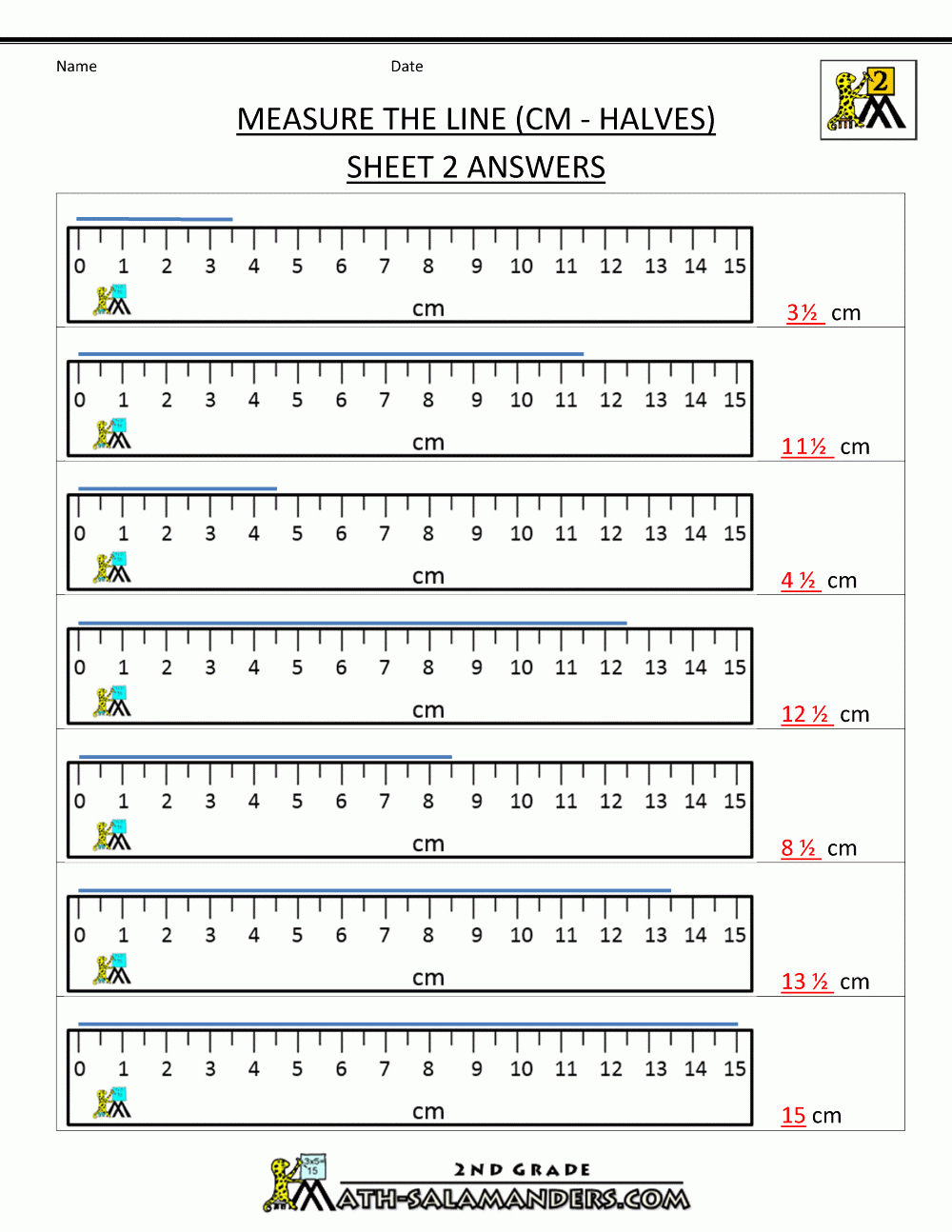

(9) Lateral head or ruler movement while measuring a PD.īased on my data, variations of 1 to 5mm in measured PD are possible with a millimeter rule, because the examiner or patient moves while the PD is being taken. (7) Vertical differences of the two eyes. (6) Invisible pupil margins as encountered in patients with dark eyes. (5) Asymmetry of the face requiring monocular decentration. (4) Actual near point when measuring the near PD. (2) Anisocoria, or a difference of pupil size in each eye. (1) Parallax introduced from the difference in-patient and practitioner's PD. The following are errors induced by the accepted method of using a millimeter rule to measure PD: The accepted method of measuring the PD is by using a millimeter rule. The most accurate PD is the measurement of the distance between the visual axes of the eyes with the eyes focused at infinity. Approximately 65 percent of 500 left eyes had their visual axis at or within 0.5mm of the corneal apex as measured by photoelectric keratoscopy. Simply stated, therefore, geometric measurements do not reflect correct measurements of the distance between the parallel lines of sight. The average eye has a pupil that is not centered within the cornea, and the visual center is not centered within the pupil. Aphakic, progressive, addition prescriptions greater than 4.00D warrant a more specific measurement of the line of sight. Perhaps for low-power prescriptions this is acceptable. It is commonly said that this corresponds to the line of sight or so closely approximates it as to be considered one and the same. The PD is the distance between the centers of the entrance pupils of the eyes. This report will compare six instruments and explore their strengths and weaknesses. They range in complexity and reliability. His device was a pair of compasses and a looking glass.Ī variety of instruments now aid in the task of obtaining a PD. We all agree that a PD measurement is important, yet of all instruments available to us is one more accurate than another? Father Cherubin began such discussions with La Dioptrique Oculaire in 1671. There is, however, a running argument as to the most correct or accurate procedure. Taking an interocular or interpupillary distance (PD) measurement is an everyday occurrence in any optical shop.

It is surprisingly similar to the issues today for the optician and probably what the optometrist felt when auto refractors were introduced.Ĭomparing Methods and Techniques for Interocular Distance Measurement In 1980, this study was supported by an educational grant from Varilux Corporation. Here’s the paper as a historical exercise. If anything, it gives you the opportunity to change jobs rather than losing it. In fact, the more capable one becomes, the more valuable you become for an office. Sound familiar? Well, (almost) all of you will agree that the Pupillometer delivers a more consistent PD across all levels of expertise in the office and it hasn’t gotten anyone fired.

In 1980 I wrote a paper about the reasons to switch to a Pupillometer and get rid of the mm rule. Moreover, the technology identity meets the identity of a digitally enhanced lens. Get good at it and it will make a difference. Want these devices to work faster for you? That requires practice and use with every patient. So, why not consider investing in the technology of optical if a major revenue source is that side of the practice?īesides, who benefits? Each office’s Optical group increases their expertise, patients are better measured for digital lenses where a new level of precision is being promised and the patient receives the best marriage of new technologies. The other fact about this office is that eye exam revenue and lens sales revenue are equal. Factoid: the average optometric office receives 50-60 percent of its gross revenue from Optical.
#FREE RULER READING TEST FREE#
I look at the variety of iPad based and free standing floor or desktop devices as a way to free us up to do what we do best i.e., recommend and sell the best of the newest styles of frames and the best of materials, designs and treatments in lens technologies. Some say that these devices will replace them in the office.

Many have suggested that they can do “just as good a set of measurements” with a mm rule. Yes, the Internet and new technology are placing new demands on optical staff everyday. Are you using a millimeter ruler for PD's and fitting heights does it define your expertise? As an optician or para-optometric, do you feel threatened by the number of digital measuring devices that you have seen or read about? I’ve had this discussion with many opticians and para-optometrics lately and here’s what I’ve heard.


 0 kommentar(er)
0 kommentar(er)
